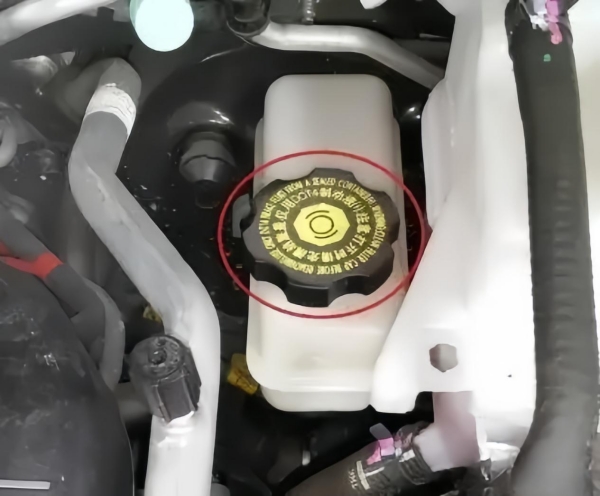When It’s Time To Replace Our Brake Discs and Pads?
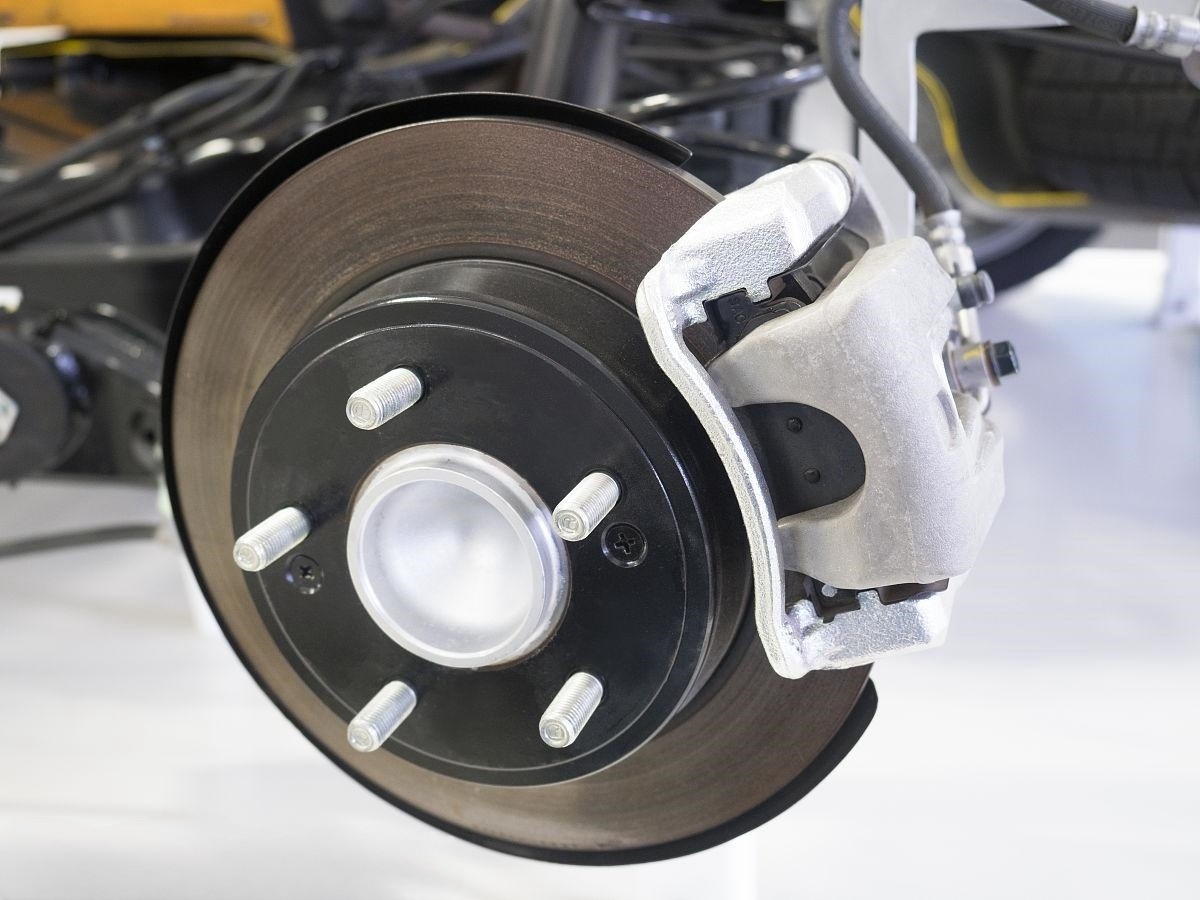
When discussing brake discs and brake pads, these terms are widely recognized, yet not all individuals fully understand their functions. In this article, we aim to provide a comprehensive explanation of what brake discs and brake pads are, their recommended replacement intervals, methods for inspecting their condition, and essential maintenance practices for brake fluid. We will now delve into these topics in detail.
1. Disc Brakes: The Standard in Modern Vehicles
Most contemporary vehicles are equipped with brake disc systems, which are essential for decelerating or stopping the vehicle, maintaining stability during downhill driving, and preventing stationary vehicles from rolling. These functions are all achieved through the braking system.
The braking system primarily relies on friction to decelerate the vehicle—friction between the brake pads and the brake disc, as well as between the tires and the road surface. Components of the braking system mounted on each wheel (specifically on the axles) are referred to as brakes, which can be categorized into disc brakes and drum brakes. This discussion focuses on brake discs and brake pads, integral parts of disc brakes. Disc brakes are widely adopted in most modern vehicles, although some lower-end models still use a combination of front disc brakes and rear drum brakes.
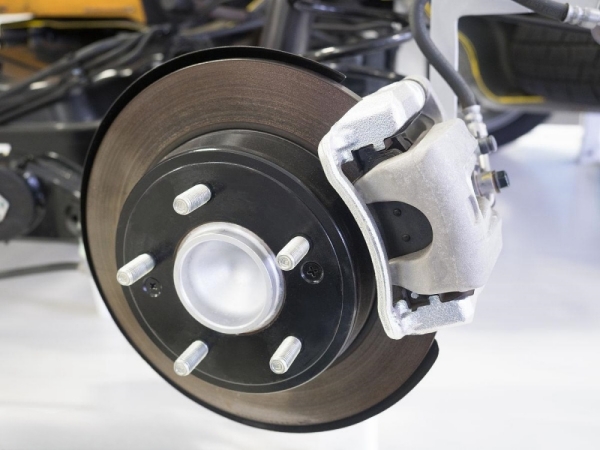
Disc brakes offer superior heat dissipation (some designs include ventilated discs for enhanced cooling) and generally provide better braking performance compared to drum brakes.
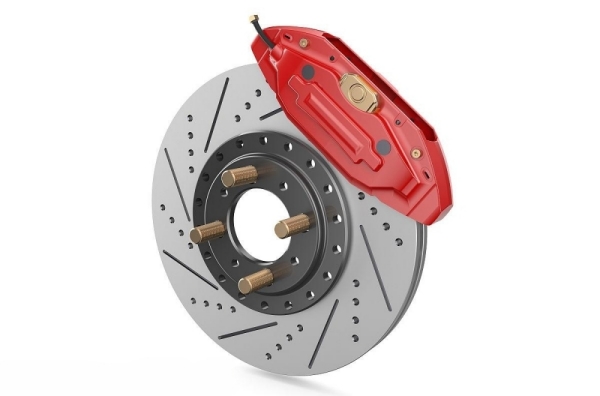
2. The Structure of Disc Brakes: Brake Discs and Brake Pads
A disc brake system typically consists of the following components:
– Brake Disc (Rotor):The brake disc is connected to the axle and rotates with it.
– Brake Caliper: This component “clamps” onto the brake disc. Brake calipers come in various colors, indicating different performance levels and materials.
– Brake Pads:Mounted on the brake caliper, these pads move back and forth to grip the brake disc. Each caliper houses two brake pads, positioned on either side of the disc.
– Friction Material: The brake pads are lined with friction material (commonly referred to as brake linings), which directly contacts the brake disc to generate friction and slow down the vehicle. Over time, this material wears down and requires periodic replacement.
– Hydraulic Cylinder:The caliper contains a hydraulic cylinder (comprising a cylinder and piston) that controls the movement of the brake pads. Brake fluid flows through this system.
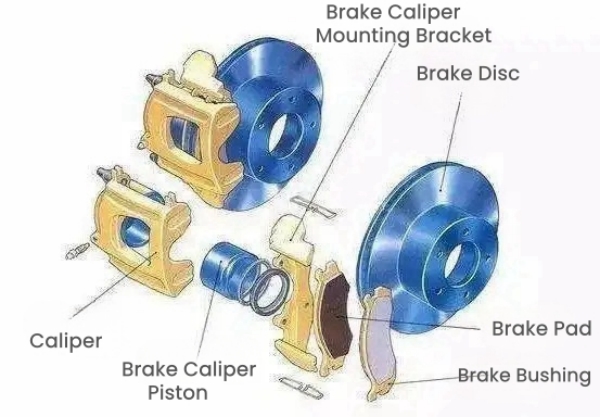
The Structure of the Disc Brake System
There are two main types of disc brake systems:
– Fixed Caliper Disc Brakes: Both brake pads on the caliper are equipped with cylinders and pistons, allowing them to clamp the disc simultaneously during braking.
– Floating Caliper Disc Brakes: Only one brake pad has a cylinder and piston. When this pad moves toward the disc, the entire caliper shifts, causing the opposite pad to also contact the disc.
In summary, the brake disc is the round metal plate located inside the wheel, while the brake pads are the friction material mounted on the caliper.
3. How Dose Disc Brake Work?
The process of slowing down a vehicle by “applying the brakes” involves the following steps:
a. The driver presses the brake pedal, which, with the assistance of a brake booster, amplifies the force and transfers it to the master cylinder (which contains brake fluid).
b. The piston in the master cylinder moves, creating hydraulic pressure.
c. This pressure is transmitted through rigid and flexible brake lines to the hydraulic cylinders in the brake calipers.
d. The hydraulic cylinders apply force to the brake pads, causing them to clamp onto the brake disc and generate friction, thereby slowing down the wheel.
e. When the brake pedal is released, the hydraulic pressure decreases, and the pistons retract, allowing the brake pads to disengage from the disc.
4. How do we know when it’s time to replace your brake discs and pads?
The lifespan of brake discs and pads depends on their quality and usage, so regular inspections are essential.
– Brake Discs: These typically last around 100,000 kilometers, though this can vary based on driving conditions. Some discs feature wear indicators (such as grooves or dimples); if these indicators are worn away, the disc should be replaced immediately.
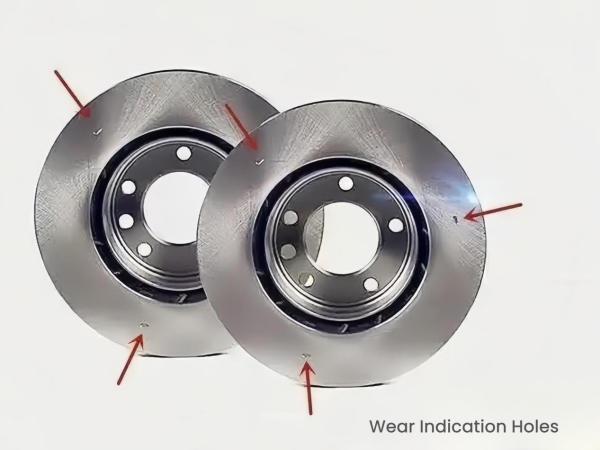
Other signs of wear include visible damage or unusual noises during braking. If one disc on an axle is worn out, the other should also be replaced to ensure balanced braking performance.

– Brake Pads: These have a shorter lifespan, averaging around 50,000 kilometers. High-quality pads or less aggressive driving can extend their life. A new brake pad is about 1.5 cm thick and must be replaced when worn down to 3 mm.

A little more economical way is to look at the thickness of the brake pads compared to the brake blocks, and if the thickness is the same, or even if the pads are smaller, then it’s time to consider replacing the pads.

Some vehicles come with a brake pad detection feature, where a malfunction light will come on when the brake pads are worn to the limit, prompting the driver to replace the brake pads.

We can also decide if we need to replace our brake pads by feeling the sensitivity of the brakes when we drive.
As with brake discs, brake pads should always be replaced at the same time as the coaxial pair.
5.What does brake fluid work? How often is it replaced?
Brake fluid, also known as hydraulic fluid or brake oil, is the liquid used to transmit pressure within the braking system. Due to its exposure to high temperatures and its hygroscopic nature (ability to absorb moisture), brake fluid degrades over time and must be replaced periodically.
Generally, brake fluid should be replaced every 2 years or 40,000 kilometers. Its condition can be assessed by its color—fresh brake fluid is clear and light yellow, while darkened or thickened fluid indicates the need for replacement.

Regularly check the fluid level in the reservoir (some vehicles have warning lights for low fluid levels) and top it up if necessary. Avoid mixing different types of brake fluid.
